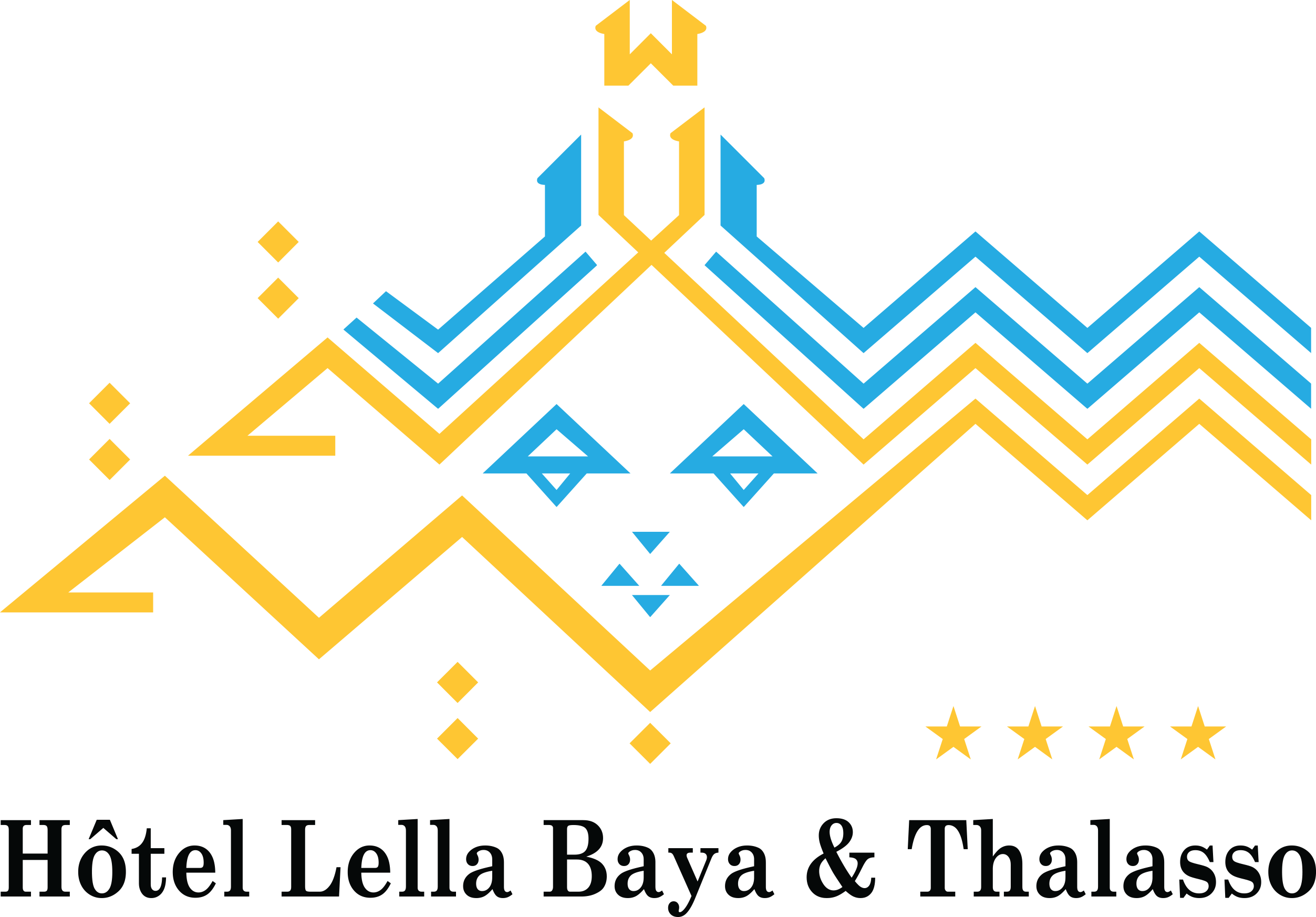Mestizos within the United States
Cacaopera is an extinct language belonging to the Misumalpan family, previously spoken within the department of Morazán in El Salvador. It was carefully associated to Matagalpa, and slightly more distantly to Sumo, however was geographically separated from different Misumalpan languages.
The Pipil language is another Uto-Aztecan language spoken in El Salvador. Pipil is natively generally known as Nawat, and was spoken by the Izalcos, Nonualcos, Mazahuas, and Cuscatlecos people who were El Salvador’s native communities. Pipil is taken into account to be endangered in El Salvador, and is spoken by the older generations in the Ahuachapán and Sonsonate departments. The Lencan languages are indigenous to the Lenca group native to El Salvador, as well as southwestern Honduras.
Spanish rule (1525–
Those U.S. organizations most actively concerned in Salvadoran politics (such as the Committee in Solidarity with the People of El Salvador, CISPES) have attracted little participation by Salvadoran Americans themselves. The immigrants’ personal organizations have focused not on politics at house, however on reduction and jobs in immigrant communities all through the United States. This relative indifference to residence politics could also be surprising, given the political passions that have lengthy raged in El Salvador; but the majority of Salvadoran Americans appear thinking about putting the hatred of the past behind them. Although they immigrated largely out of fear somewhat than a desire for a brand new life, Salvadorans within the United States, especially the youthful generations, are steadily becoming Anglicized.
The term Salvi is preserved in a very constructive light when in comparison with its other older counterparts and predecessors similar to Guanaco and Salvatrucha which have fallen into disuse among Salvadoran Americans, regarded as derogatory and negative. The term Cuscatleco is reserved for older generations of Salvadorans, particularly these born in El Salvador. Centroamericano/a in Spanish and in English Central American is an alternate salvadoran women standard and widespread cultural identity term that Salvadorans use to establish themselves, together with their regional isthmian neighbours. It is a secondary demonym and it is widely used as an interchangeable term for El Salvador and Salvadorans. The demonym Central American is an allusion to the robust union that the Central America area has had since its independence.
Living former presidents
The shift from ARENA to FMLN does symbolize the growing disenchantment of the Salvadoran inhabitants with Washington foreign policy. 86.three% of the population are mestizo, having mixed Native American indigenous and European ancestry. Ethnically, 86.three% of Salvadorans are blended (blended Indigenous Native American and European Spanish origin).
(CST)Driving siderightCalling code+503bISO 3166 codeSVInternet TLD.sv 1. Financial info can be expressed in U.S. dollars and in Salvadoran colón, but the colón is out of circulation. Domestic abuse in El Salvador is prohibited underneath the regulation and sentencing can result in one to 3 years in jail, however the regulation is not at all times well enforced. In 2010, the Salvadoran Institute for the Development of Women reported that they had obtained 4,732 reviews of home violence.
Archbishop Óscar Romero is a national hero for his position in resisting human rights violations that have been occurring in the lead-up to the Salvadoran Civil War. Significant international personalities in El Salvador were the Jesuit monks and professors Ignacio Ellacuría, Ignacio Martín-Baró, and Segundo Montes, who had been murdered in 1989 by the Salvadoran Army in the course of the height of the civil warfare.

MS-thirteen
In the very beginning, MS-thirteen was a gaggle of younger, delinquent, heavy steel fans who lived in Los Angeles. However, the undocumented group in Los Angeles was topic to severe racial prejudices and persecution.
Further complicating matters is the truth that many federal agencies such as the CDC or CIA do not even acknowledge the « another race » class, together with this inhabitants in the white category. Their commonality is that they are all descendants of the indigenous American Indians and White Europeans. In fact the words Métis and Mestizos have the identical which means which is someone of American Indian and White European descent. Many Mestizos determine with their American Indian ancestry whereas others are inclined to self-establish with their European ancestry, others nonetheless rejoice both. Mestizos in the United States are Latino Americans whose racial and/or ethnic identification is Mestizo, i.e. a blended ancestry of white European and Native American from Latin America (often Iberian-Indigenous blended ancestry).

Population
Between 1931, the 12 months of Gen. Maximiliano Hernández Martínez’s coup, and 1944, when he was deposed, there was brutal suppression of rural resistance. The most notable occasion was the 1932 Salvadoran peasant uprising headed by Farabundo Martí, Chief Feliciano Ama from the Izalco tribe and Chief Francisco « Chico » Sanchez from Juayua, Izalco subdivision. The authorities retaliation, commonly known as La Matanza (the ‘slaughter’), which followed after the days of protest. In this ‘Matanza’, between 10,000 and 40,000 indigenous folks and political opponents were murdered, imprisoned or exiled.
The authorities has arrange quite a few programs to attempt to guide the youth away from gang membership. Gangs contribute to the generally excessive ranges of social violence in El Salvador. They engage in various critical felony acts which terrorize and paralyze society.
